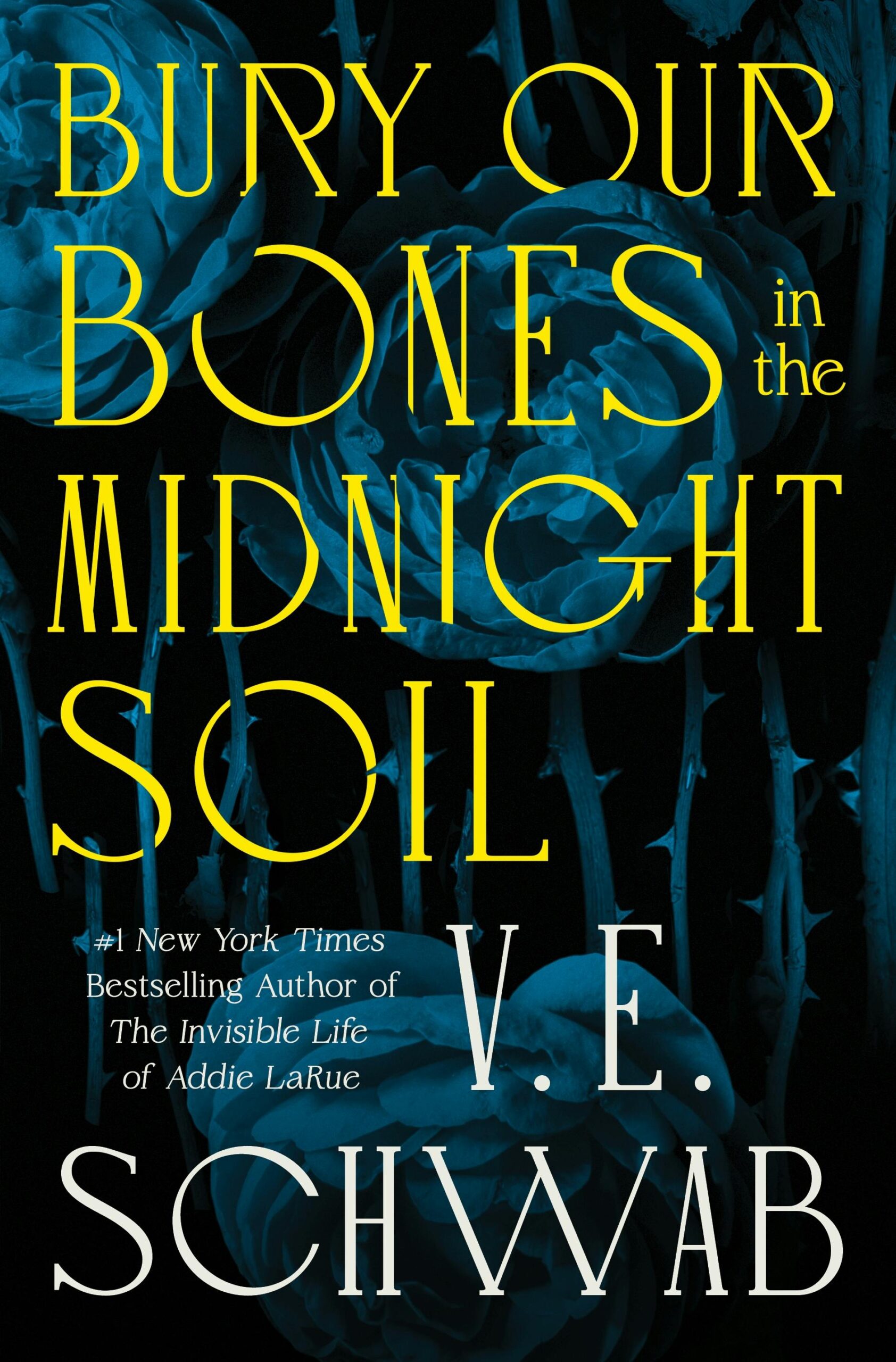Director Christopher Nolan chronicles the life of the father of the atomic bomb J. Robert Oppenheimer in his new spectacle.
Christopher Nolan’s “Oppenheimer” is an emerging tour de force in the director’s expansive repertoire. The film delivers an anxiously-charged rendering of the life of famed scientist J. Robert Oppenheimer, played by Cillian Murphy — one that fits perfectly into Nolan’s directorial style.
The film draws heavily from the spanning biography of Oppenheimer — “American Prometheus,” written by Kai Bird and Martin J. Sherwin.
Any telling of Oppenheimer’s life also serves as the story of the inception of the modern nuclear age. As Nolan focuses the camera on Oppenheimer and his life throughout the film he simultaneously chronicles the beginning of the Cold War and rising nuclear anxieties.
The film is partially told in retrospect, beginning with Oppenheimer’s initial rise to fame in scientific circles, told through the perspective of his older self arguing to retain his security clearance post-Manhattan Project. The Manhattan Project was a program through which the U.S. military designed and tested the atomic bomb, according to The New York Times.
The film begins with his graduate work at the University of Cambridge and focuses on his struggles with the rote nature of laboratory work and recurring nightmares about the apocalypse.
From those academic positions, he began to popularize the study of quantum physics. Along the way he meets fellow professor — and an eventual defining character in the Manhattan Project — Ernest Lawrence (Josh Harnett).
Oppenheimer’s connections with the American division of the Communist Party are thoroughly explored in the beginning of the film, setting up the McCarthy-era suspicions leveled against Oppenheimer during his hearing.
The movie explores Oppenheimer’s relationship with Stanford medical student Jean Tatlock, played by Florence Pugh, who he meets through his associations with the Communist Party. Once their relationship tentatively ends, he marries Kitty Oppenheimer, played by Emily Blunt, a biologist also formerly involved with the party.
A lot of characters are quickly introduced throughout the beginning of the film, most of whom are central to the plot. These characters come and go faster and faster, making it difficult for audiences to grasp onto their importance and easily recall them later in the film.
After Oppenheimer accepts the position, the film spends an hour depicting the tribulations of building the atomic bomb. The movie begins to lose itself in trips to Fermilab and disputes over compartmentalization, while anxiously building to the first test detonation of the atomic bomb.
It trips over the same hurdle by over-introducing viewers to insignificant characters, clogging screens with too many faces in too little time.
Around the midpoint of the film, the first testing of the atomic bomb comes over the horizon. Nolan’s style of cutting up storylines and weaving them together with spectacular effect plays out beautifully in this moment, giving audiences the feeling of having finally put all the puzzle pieces together.
On-screen scientists and in-person audiences simultaneously wait in suspense for Oppenheimer — and Nolan — to drop the bomb. When it finally explodes in a plume of blinding light, sound rushes out of the theater in one of the only times the movie is truly quiet.
The resulting blast curls and sparks on-screen as great blooms of fire and smoke pulse in time to the sound of Oppenheimer’s ragged breathing. As the explosion rips across the screen in silence, the audience is forced to contend with the power of the atomic bomb.
The absence of the perspective of Japanese people throughout the film is notable, but is a deliberately structured absence to showcase and clearly condemn the dehumanization of the Japanese people by the American government and Oppenheimer himself.
The scene where Oppenheimer and other members of the project discuss which cities the U.S. is thinking about bombing is gut wrenching to watch. The Japanese are so far from the minds of these men, for all they want is not just to win but to dominate, regardless of the horrific effects.
Additionally, it’s not Nolan’s place to tell that story — especially when Japanese filmmakers have already done so much better than he possibly could have.
Once the film catches up to the hearing, the story pivots entirely, switching to the convoluted plot of Lewis Strauss (Robert Downey Jr.) seeking to bring down Oppenheimer and blacklist him. The pivot feels abrupt, aided by the switch to black and white film that visually distinguishes the scenes that take place during the Senate hearing for Strauss’ confirmation to the Cabinet.
This latter half of the movie is both tangentially and intrinsically related to the first two-thirds of the film, leaving audiences scrambling to remember from an hour ago who Strauss is and what makes him so important.
The film is both too long and too short for what it’s trying to do. A second film might have been more appropriate, with one focusing on the latter half of Oppenheimer’s career and the plot concocted by Strauss to take him down.
The final scenes feel as though they’re from a “The West Wing” episode stuck in the Twilight Zone. They sit comfortably in an entirely different rhythm and tone, stylized like a political thriller instead of a biopic drama. Strauss opines about playing the game of politics to his aide while his actions are visually revealed to the viewer.
Strauss ultimately loses the confirmation while Oppenheimer is deemed a martyr, closing the film in a splash of black and white.
It’s almost unsatisfying to watch the final moments of the film, but not out of desire for Oppenheimer to be redeemed in some way — the entire film is an argument for why he shouldn’t be. Oppenheimer’s story gets lost in the Strauss trial, as much as the two are intertwined, and the film’s return to that narrative reveals a loss of energy.
Despite any narrative hiccups, the cast of the film was incredible, if not distractingly star-studded. A period piece with Josh Peck in the ensemble requires a certain suspension of disbelief — he has clearly seen an iPhone — but the rest of the cast was perfect for their respective roles.
Nolan’s “Oppenheimer” affirms the difficulties of executing a successful biopic — the events of a person’s life don’t often follow a clean narrative structure or emotional arc. The filmic collage of Oppenheimer’s life sewn together by Nolan’s deft hand overcomes this hurdle, however, leaving audiences with an incredible overview of Oppenheimer’s life.
“Oppenheimer” is in theaters now.
Featured image courtesy of Universal Pictures
-

Audrey Hogan is a third-year student from Morgan Hill, California studying Communications and Political Science. This is her third-year as a writer and second-year on staff as Engagement Editor. She's written about the perils of academic pedigree, table tennis and Peter Gabriel, too. In her free time, she likes to read and walk.
View all posts











